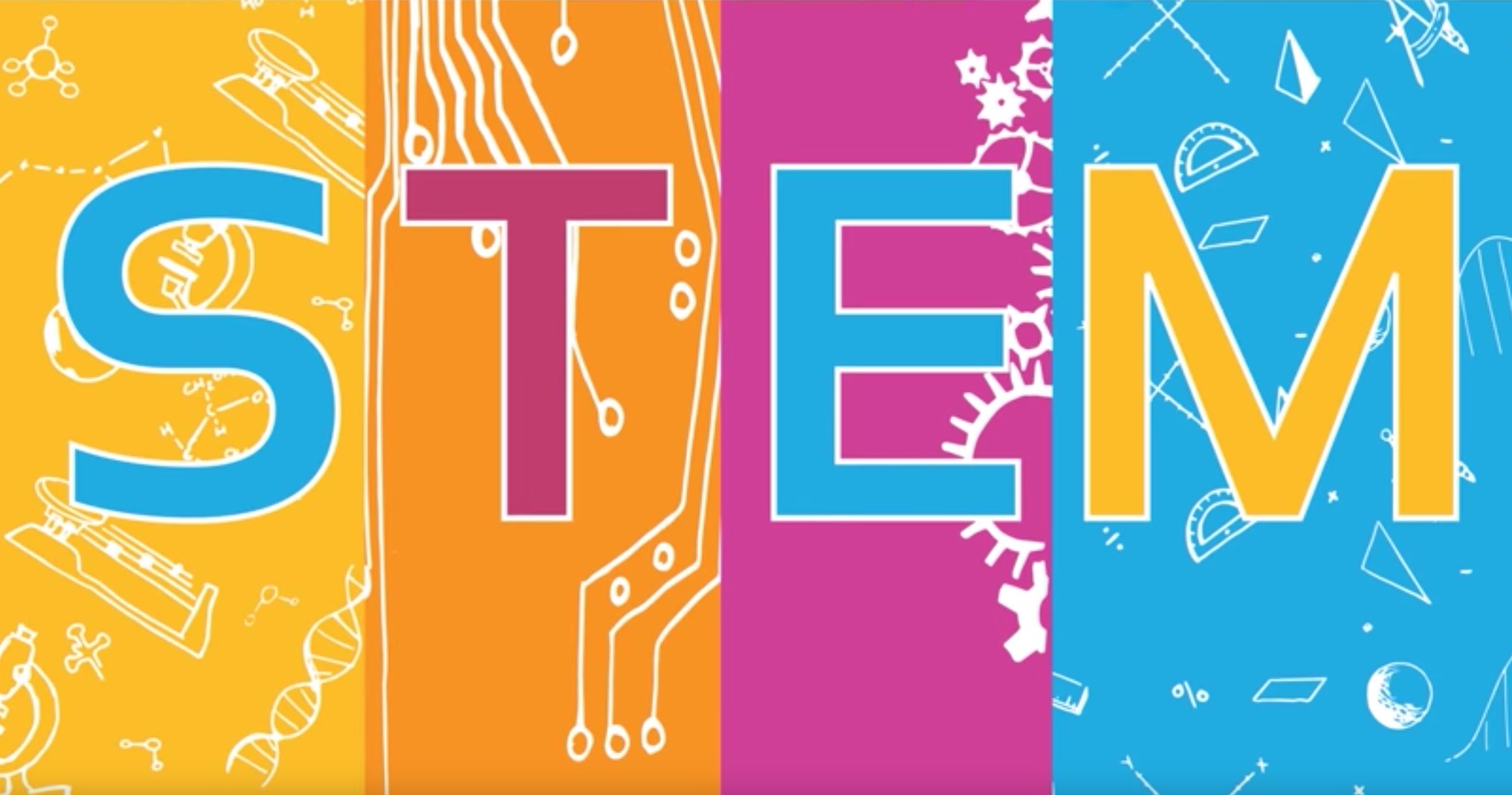
For schools, classrooms and educators this could be a lifesaver in September: a monstrous selection of 3D printing projects from MyStemKits.
We wrote about MyStemKits 18 months ago, where we explained their concept: provide a simple subscription service for educators to gain access to tested 3D printing projects for inclusion in a science and engineering educational environment.
Now they explain that they’ve launched for the upcoming school session and include almost 100 unique projects.
Featuring nearly 100 kits and more added every day, they offer the most-comprehensive subscription library of curriculum-backed educational models on the market. Schools will no longer be printing simply trinkets in their classroom – these kits turn the school’s 3D printer into the teacher’s supply factory. Backed with vetted, standards-aligned curriculum written by a team of teachers and content-area experts based out of the Florida Center for Research in S.T.E.M., these kits create an end-to end solution for teachers.
I believe this to be a very important service for educators who have 3D printing equipment, but not the relevant material to teach with. This problem is being addressed directly by several 3D printer manufacturers who are developing educational curriculums to accompany their products, but the majority of desktop 3D printers affordable by schools are just a machine and the software to run it.
In the buzz up of 3D printing expectations, many schools acquired 3D printing equipment but may have been caught short on the associated curriculum. MyStemKits can fill that gap very well, and in some cases may transform an unused, curriculum-free 3D printer into a vibrant learning platform.
MyStemKits organizes their projects into four categories:
- K-Grade 5: STEM education
- Grades 6-8: Science
- Grades 9-12: Mathematics
- Grades 9-12: Science

Here’s an example: the Angular Momentum Kit, described as follows:
This model allows for a visual-spatial exploration of torque and the relationship of mass distribution and rotational motion. Featuring a quick-release pushing mechanism, students can easily generate consistent data across repeated trials. Designed to work with or without the Hip Science Force Motion Sensor.
Of course, this isn’t without a cost. MyStemKits offers access to their comprehensive suite of projects for a subscription fee per student. The pricing appears to vary depending on the situation, but the company can hit as low as USD$12 per student per year. Each group of 30 students also provides for a “Teacher” account as well.
I’m all for this, as it enables any school to get deep into 3D printing and related skills easily.
Via MyStemKits

